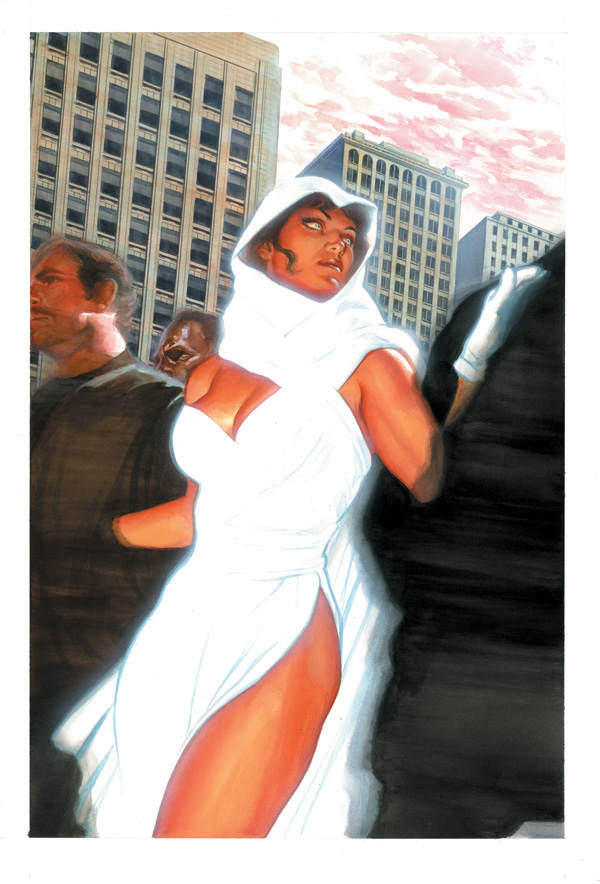

Historians generally divide the timeline of the American comic book into eras. Amundson, appealing comic-book characters helped ease young readers' fear of nuclear war and neutralize anxiety about the questions posed by atomic power. The Golden Age originated the archetype of the superhero. The introduction of Jerry Siegel and Joe Shuster's Superman in 1938 turned comic books into a major industry and ushered in the Golden Age of Comic Books. Dillingham Company published 24 select strips by the cartoonist Gustave Verbeek in an anthology book called 'The Incredible Upside-Downs of Little Lady Lovekins and Old Man Muffaroo'. Following this was, Dell Publishing's 36-page Famous Funnies: A Carnival of Comics as the first true newsstand American comic book Goulart, for example, calls it "the cornerstone for one of the most lucrative branches of magazine publishing". Funnies on Parades was the first book that established the size, duration, and format of the modern comic book. Proto-comics periodicals began appearing early in the 20th century, with the first comic standard-sized comic being Funnies on Parade. Obadiah Oldbuck in 1842 in hardcover, making it the first known American prototype comic book. American comic books Ĭomics as a print medium have existed in the United States since the printing of The Adventures of Mr.

In the United States, the term comic book, is generally used for comics periodicals and trade paperbacks while graphic novel is the term used for standalone books. Following these key formatting procedures is the writing, drawing, and coloring. There are many technological formulas used to create comic books, including directions, axes, data, and metrics. Key tasks in the creation of comic books are writing, drawing, and coloring. The tail has an origin, path, tip, and pointed direction. Balloons are usually convex spatial containers of information that are related to a character using a tail element. The key elements of comic books include panels, balloons (speech bubbles), text (lines), and characters. These characteristic aspects of comic books are necessary in conveying the content and messages of the author. Authors largely focus on the frame of the page, size, orientation, and panel positions. Ĭomic books are reliant on their organization and appearance. Another major comic book market is France, where Franco-Belgian comics and Japanese manga each represent 40% of the market, followed by American comics at 10% market share. The best-selling comic book categories in the US as of 2019 are juvenile children's fiction at 41%, manga at 28% and superhero comics at 10% of the market.

As of 2017, the largest comic book publisher in the United States is manga distributor Viz Media, followed by DC Comics and Marvel Comics. Beginning with the late 2010s manga started massively outselling American comics. The comic book market in the United States and Canada was valued at $1.09 billion in 2016. In 2020 the manga market in Japan reached a new record value of ¥612.5 billion due to a fast growth of digital manga sales as well as an increase in print sales. By 1995, the manga market in Japan was valued at ¥586.4 billion ( $6–7 billion), with annual sales of 1.9 billion manga books ( tankōbon volumes and manga magazines) in Japan, equivalent to 15 issues per person. The term comic book derives from American comic books once being a compilation of comic strips of a humorous tone however, this practice was replaced by featuring stories of all genres, usually not humorous in tone. The first modern comic book, Famous Funnies, was released in the US in 1933 and was a reprinting of earlier newspaper humor comic strips, which had established many of the story-telling devices used in comics. Although comics have some origins in 18th century in Eastern Asia, comic books were first popularized in the United States and the United Kingdom during the 1930s. Panels are often accompanied by descriptive prose and written narrative, usually, dialogue contained in word balloons emblematic of the comics art form. A common comic-book cover format displays the issue number, date, price and publisher along with an illustration and cover copy that may include a story's title.Ī comic book, also called comicbook, comic magazine or (in the United Kingdom and Ireland) simply comic, is a publication that consists of comics art in the form of sequential juxtaposed panels that represent individual scenes.


 0 kommentar(er)
0 kommentar(er)
